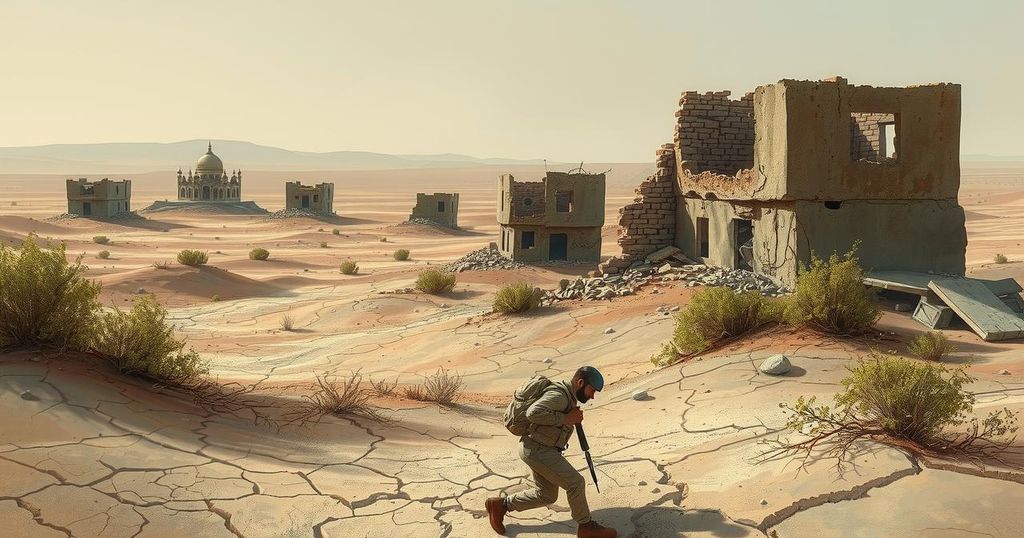Sudan’s military has conducted sweeping operations in Khartoum, capturing the presidential palace and key installations, which may change the dynamics of the ongoing civil war. Despite these advancements, the situation remains dire, with no immediate hope for peace. The New York Times reported on the devastating impact of the war, highlighting a critical shift in power but indicating prolonged conflict ahead.
Recent reports indicate a significant escalation in the conflict in Sudan, as the military has undertaken a sweeping operation across the capital, Khartoum. Following the capture of the presidential palace, the military has asserted control over much of central Khartoum, which may influence the trajectory of the ongoing civil war. The military’s recent actions included seizing key locations such as the Central Bank and the national intelligence headquarters.
The New York Times was the first Western media source to access central Khartoum since the eruption of civil war in April 2023. The devastating impact of the conflict was palpable, underscoring the substantial losses suffered by the city and its inhabitants. The visit highlighted a marked shift in the control dynamics of the war, yet it did not suggest that peace would be achieved soon.
During a visit to the conflict-ridden presidential palace, soldiers were observed preparing for renewed offensives against their paramilitary rivals. Mohamed Ibrahim, a special forces officer, emphasized their resolve, stating, “We will never leave our country to the mercenaries,” in reference to the Rapid Support Forces (R.S.F.), once allied allies turned adversaries in the struggle for power.
The military’s recent operations in Khartoum signal a pivotal moment in Sudan’s civil war, as control shifts towards the army against the R.S.F. Despite these developments, the prospects for a peaceful resolution appear bleak. The unfolding events continue to illustrate the complexities of Sudan’s conflict and the humanitarian crisis resulting from years of violence.
Original Source: www.nytimes.com




